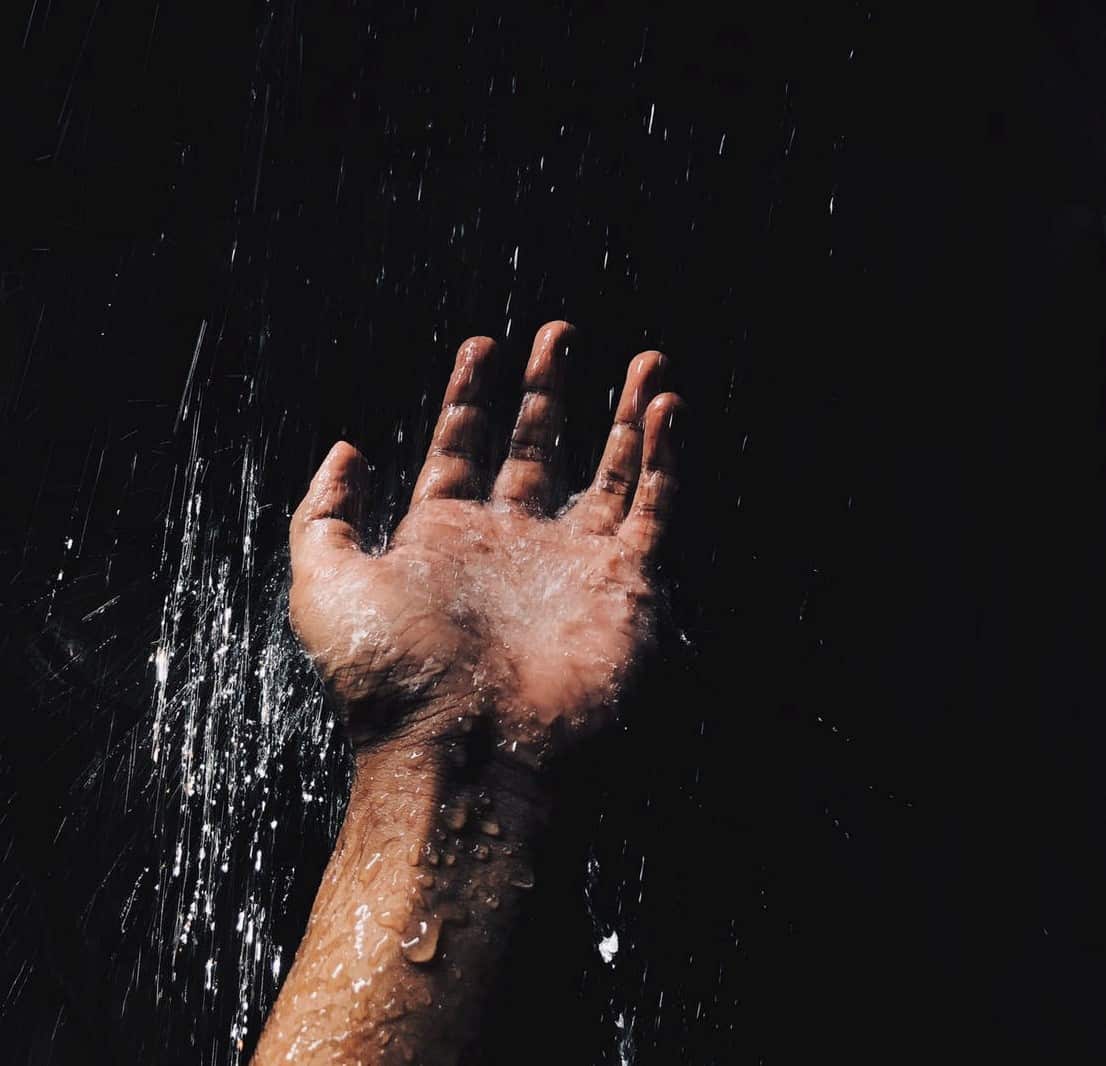When you first hear of them, outdoor showers may seem like a strange idea. After all, shower time is one of your most private, intimate times – do you really want to do that out in the open? That said, once you give them a try, you find that an outdoor shower can actually be quite cathartic and even empowering. It can be nice to feel a bit more connected with nature, it spares you the intolerable buildup of heat that accompanies the long summer months, and can be great for when you want to rinse off after getting out of the pool or doing some yard work.
That said, much as they may be a relief during the summer, outdoor showers aren’t exactly designed for the winter months. All it takes is for the pipes to freeze solid or burst once for you to curse the day you ever installed an outdoor shower in the first place. Instead of doing so, however, you’ll want to preemptively winterize your outdoor shower – and here’s how.
Turn the Water Off
First thing’s first – winterizing your outdoor shower means you need to turn the water off. That seems simple enough, right?
Well, there’s more to it than that. Not only do you need to make sure that you have turned off the water in the shower itself, you need to ensure that no water can come out of the shower. The whole reason you are winterizing your shower is that you want to prevent water from flowing through the pipes come wintertime and freezing.
You, therefore, need to shut off any water supply that may be coming to your shower. Make sure the water that would normally flow to your shower is shut off at the source.
Turn the Water On (Drain the Shower)
Once you have done that, turn the shower back on. You need to make sure that any and all water that is still in the pipes pours out.
Keep the Faucet Handles to the ‘On’ Position
Once you have done that, you’ll want to turn the faucet handles back into the on position to ensure that any water that is still in the pipes or that may enter them over the course of the winter can flow out. These first three steps may seem repetitive, but they are really caution piled upon caution to help prevent any moisture building up and freezing in your pipes.
Remove the Shower Head
Now it’s time to start thinking about winterizing the shower itself. You don’t want to have to deal with any of the parts of your shower freezing or becoming damaged by the winter weather, so it’s time to start disassembling it, beginning with the shower head.
How you go about doing this will naturally differ depending on the type of shower head you are using. If you have questions, be sure to consult the instruction manual that should have come with the shower head. Take care when removing the shower head. While you need to separate it so as to protect it and make it that much harder for water to flow and freeze in your shower, you don’t want to damage it.
Once you have done this, be sure to cover up the pipe or fixture to which the shower head is normally attached so as to protect it from the winter elements.
Safely Store the Shower Head
You’ll next want to make sure you store the shower head in a safe place. This should ideally be indoors, in a warm, dry place, away from the winter cold or any moisture. A good way to make sure that your shower head is completely protected is to place it in a drawer in an insulated part of your house.
Remove the Valve Cartridge
Next, you’ll want to do the same thing for the valve cartridge as well as any other components that are responsible for the water flow in your shower. The shape and nature of these components will naturally vary from shower to shower, so you’ll want to be sure to once again consult the instruction manual as to any particular steps you should take when removing them.
As with the shower head, you’ll need to store the valve cartridge and any associated parts in a safe, insulated place. Ideally, you should keep them with your shower head or in another drawer nearby.
Dry Out the Shower Area
Now that you’ve done everything possible to make sure that more moisture doesn’t build up in your pipes, you want to start thinking about the rest of the shower. Water and ice can severely damage other parts of your shower as well, so you’ll want to make sure that they are as dry as possible before you close them off for the winter.
Take the time to dry out your shower area from top to bottom. By the time you finish, there should not be any moisture left.
Close Off the Shower Area
Finally, it’s time to take the last step toward making sure no moisture enters your shower and causes damage, and that means closing off the shower area itself. Make sure that no aspect of your shower is left open or exposed to the elements.
While this naturally means closing the door to the shower, this alone may not be enough, especially if you live someplace where heavy rain or snow is a possibility. Placing a tarp over the exterior of your outdoor shower can help add another layer of protection. For the best results, you’ll probably want to consider tying the tarp down so it does not blow away.
Final Thoughts
Outdoor showers can be a great feature of your backyard in the summertime. Come wintertime, however, they need to be properly winterized. By following the steps above to winterize your outdoor shower, you should be able to preserve it for many seasons to come.

